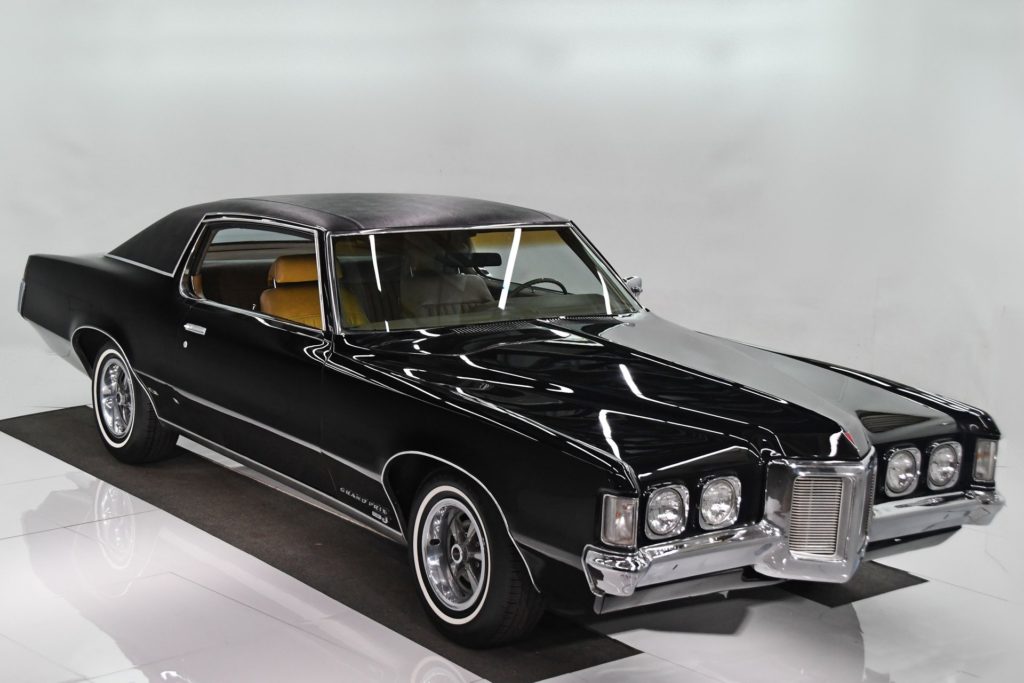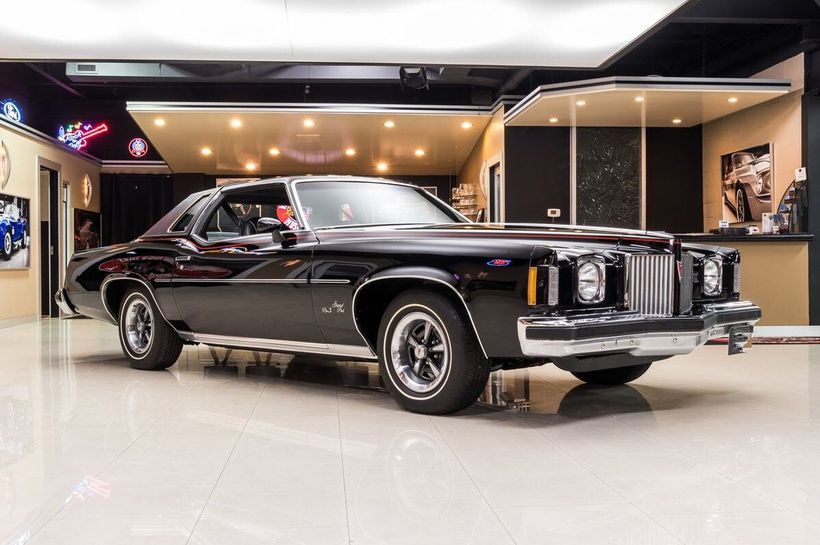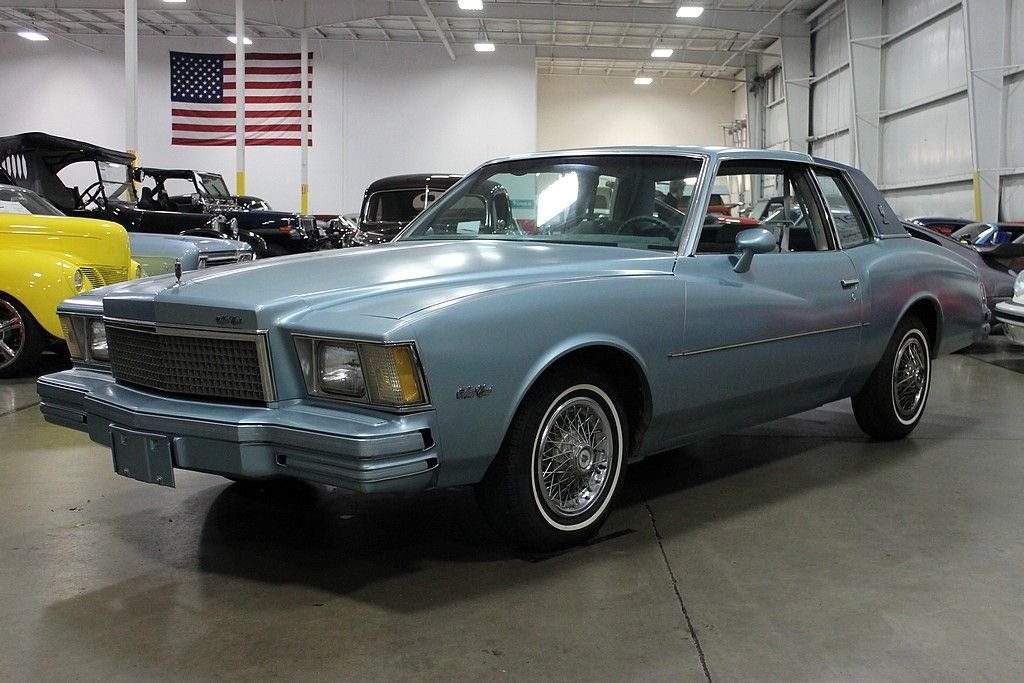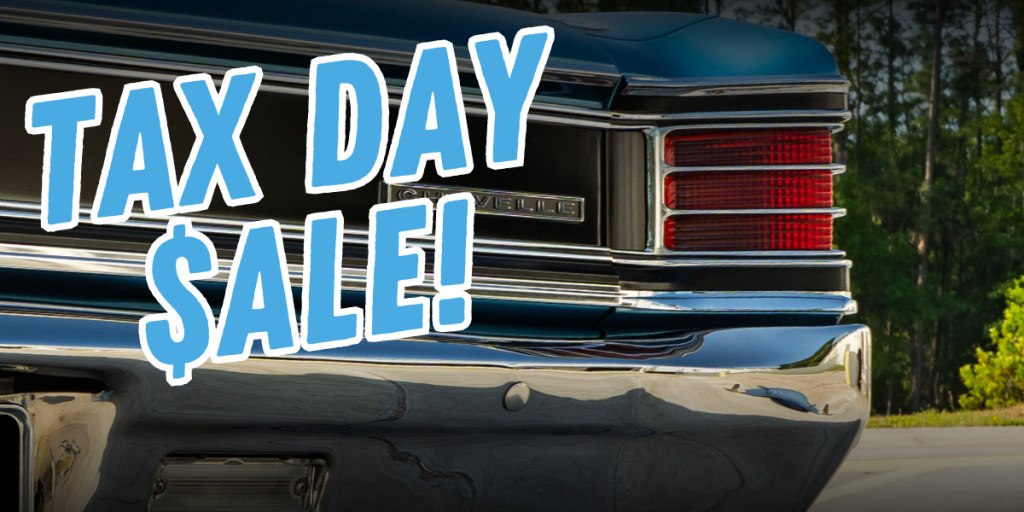Differences Between General Motors A and G Body
What are the differences between the GM A and G body platforms? For most people, the GM A-Body platform started in 1964 on the Chevelle product line and went until 1977. G-Body platforms started in 1978 and went until 1987 – these cars were your Monte Carlos, Buick Regals, etc. Both of these platforms were mid-sized rear-wheel drive cars. There’s more to the story than just these versions of the A and G-Body platform.

1969 to 1972 A and G Body Frames
The G-Body platform started much earlier, back in 1969, and ran until 1972 before being retired and brought back as the 80s cars we know. From 1969 thru 1972 all Pontiac Grand Prix cars were on the G-Body platform and the 1970-1972 Monte Carlos as well. In these early years, the biggest difference is these frames have a 118″ wheelbase, whereas the 70-72 El Caminos would have a 116″ wheelbase.
These early G-Body frames have the same suspension as an A-Body. Double wishbone with coil over shock in the front. The rear is the same coil on an axle with a triangulated four-link. In fact, you can bolt A-Body suspension right onto these early G-Body frames.

Later Differences
In 1973 Grand Prix and Monte Carlo were merged into the A-Body line, with all A-Body couples designated as A-Special. These coupes included the Monte Carlo, Grand Prix, Cutlass Supreme, and Buick Regal.

1978-1988 G-Body
1977 was the last year for the A-Body Monte Carlos, Grand Prix, Cutlass Supreme, and Buick Regal. In 1978 is when they were downsized a bit and were released on the new G-Body platform. 1977 was also the last year for the Chevelle namesake but continued on under the Malibu name.
The G-Body platform shares the same design as the earlier A-Body platforms. This means they have double-wishbone front suspension with coil over shock. The rear is the same coil on an axle with a triangulated four-link. While the suspension is the same design, dimensionally it’s not the same as the earlier A-Body platforms.

1982-1996 A-Body
After ending the A-Body platform in 1977, it was reintroduced in 1982. Besides the A-Body name, this platform of cars has nothing in common with its predecessor.
These new A-Body cars were basically similar in design and space to the X-Car compacts. This means they are smaller and front-wheel drive. However because of how long they are they could technically be classified as an intermediate-sized cars.
These A-Body cars would include the Chevrolet Celebrity, Pontiac 6000, Oldsmobile Cutlass Ciera, Oldsmobile Ciera, and the Buick Century. By 1990 these A-Bodies began phasing out for the new W-Body platform but weren’t officially ended until 1996.
The Same But Different
There was some overlapping between these platforms in the early years of being able to swap parts and later on with the names of the models. They both were body-on-frame cars but that’s about the only similarities. These were two different platforms and each had its pros and cons.
For more information or to order parts for your GM A-Body or G-Body, head on over to SS396.com or give our friendly techs a call at (203) 235-1200




